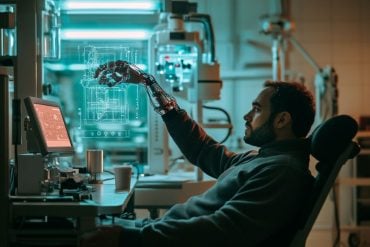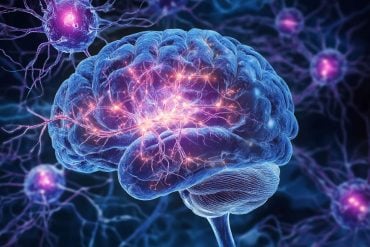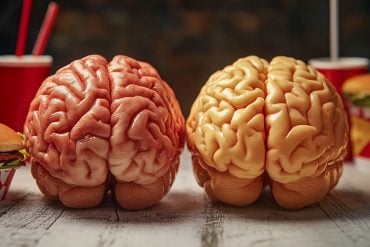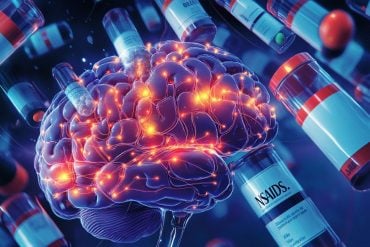Summary: The default mode network is divided into separate sub-systems for constructing and evaluating imagined scenarios.
Source: SfN
Two components of imagination — constructing and evaluating imagined scenarios — rely on separate subnetworks in the default mode network, according to research recently published in Journal of Neuroscience.
Even when you aren’t doing anything, your brain is hard at work. The default mode network (DMN) activates during the brain’s resting state and has been linked to daydreaming, planning, and imagining the future.
In previous studies, scientists noticed the DMN could be divided into two subnetworks, ventral and dorsal, but their different roles were debated.
Lee et al. used fMRI to measure participants’ brain activity while they imagined scenarios listed on prompts, like “Imagine you win the lottery.”
The scenarios varied in vividness and valence — some were positive, others negative. Only the vividness of a scenario influenced the activity of the ventral default mode network.

Conversely, only the positive or negative quality of the imagined scenario affected the activity of the dorsal default mode network.
The results indicate the default mode network is divided into separate subsystems for constructing and evaluating imagined scenarios.
Understanding this division allows for future, more detailed studies on the neural mechanisms underlying imagination.
About this neuroscience research news
Source: SfN
Contact: Calli McMurray – SfN
Image: The image is credited to Lee et al., JNeurosci 2021
Original Research: Closed access.
“The Ventral and Dorsal Default Mode Networks Are Dissociably Modulated by the Vividness and Valence of Imagined Events” by Sangil Lee, Trishala Parthasarathi and Joseph W. Kable. Journal of Neuroscience
Abstract
The Ventral and Dorsal Default Mode Networks Are Dissociably Modulated by the Vividness and Valence of Imagined Events
Recent work has shown that the brain’s default mode network (DMN) is active when people imagine the future.
Here we test in human participants (both sexes) whether future imagination can be decomposed into two dissociable psychological processes linked to different subcomponents of the DMN. While measuring brain activity with fMRI as subjects imagine future events, we manipulate the vividness of these events to modulate the demands for event construction, and we manipulate the valence of these events to modulate the demands for event evaluation.
We found that one subcomponent of the DMN, the ventral DMN or medial temporal lobe subsystem, responds to the vividness but not the valence of imagined events. In contrast, another subcomponent, the dorsal or core DMN, responds to the valence but not the vividness of imagined events.
This separate modifiability of different subcomponents of the DMN by vividness and valence provides strong evidence for a neurocognitive dissociation between (1) the construction of novel, imagined events from individual components from memory and (2) the evaluation of these constructed events as desirable or undesirable.
SIGNIFICANCE STATEMENT
Previous work has suggested that imagination may depend on separate neural networks involved in the construction and evaluation of imagined future events.
This study provides strong neural evidence for this dissociation by demonstrating that two components of the brain’s default mode network (DMN) uniquely and specifically respond to different aspects of imagination.
The vividness of imagined events modulates the ventral DMN, but not the dorsal DMN, while the valence of imagined events modulates the dorsal DMN, but not the ventral DMN.
This supports the dissociable engagement of these sub-networks in constructing and evaluating imagined future events.






